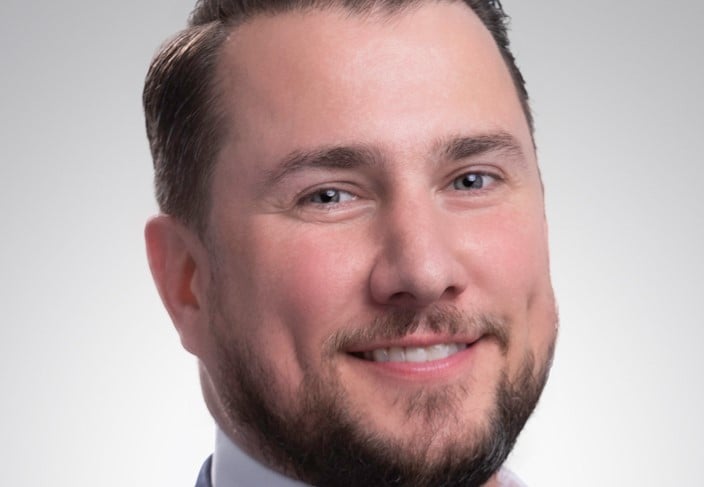In recent days, eight people in New York have contracted andhave died from exposure to Legionnaire's Disease which was presentin the cooling systems of various buildings in the Bronx. Additionally, 97 people were hospitalized after testing positivefor the disease, with some continuing to receive care.
Legionnaire's Disease, or Legionellosis, was first detected after a1976 outbreak at the Philadelphia AmericanLegion Convention. This first outbreak was responsible for240 confirmed cases and a total of 34 deaths, although at the time,no one was aware of the disease or the water-borne bacteria thatcaused the outbreak. Since this tragic event, a tremendousamount of research has been dedicated to the identification andcontrol of Legionella bacteria. The Centers for Disease Control and Prevention (CDC)estimates that about 8,000 to 18,000 Americans developLegionellosis each year. Unfortunately, most cases goundetected as they are misdiagnosed as pneumonia. In New Yorkalone, it is estimated that more than over 200 cases ofLegionellosis occur each year.
Both government and privateinstitutions have worked to develop guidelines to control thedevelopment and management of the bacteria but it has not beenenough to ultimately stop the spread of Legionnaire's disease. What can you do?
Continue Reading for Free
Register and gain access to:
- Breaking commercial real estate news and analysis, on-site and via our newsletters and custom alerts
- Educational webcasts, white papers, and ebooks from industry thought leaders
- Critical coverage of the property casualty insurance and financial advisory markets on our other ALM sites, PropertyCasualty360 and ThinkAdvisor
*May exclude premium content
Already have an account?
Sign In Now
© 2024 ALM Global, LLC, All Rights Reserved. Request academic re-use from www.copyright.com. All other uses, submit a request to [email protected]. For more information visit Asset & Logo Licensing.








